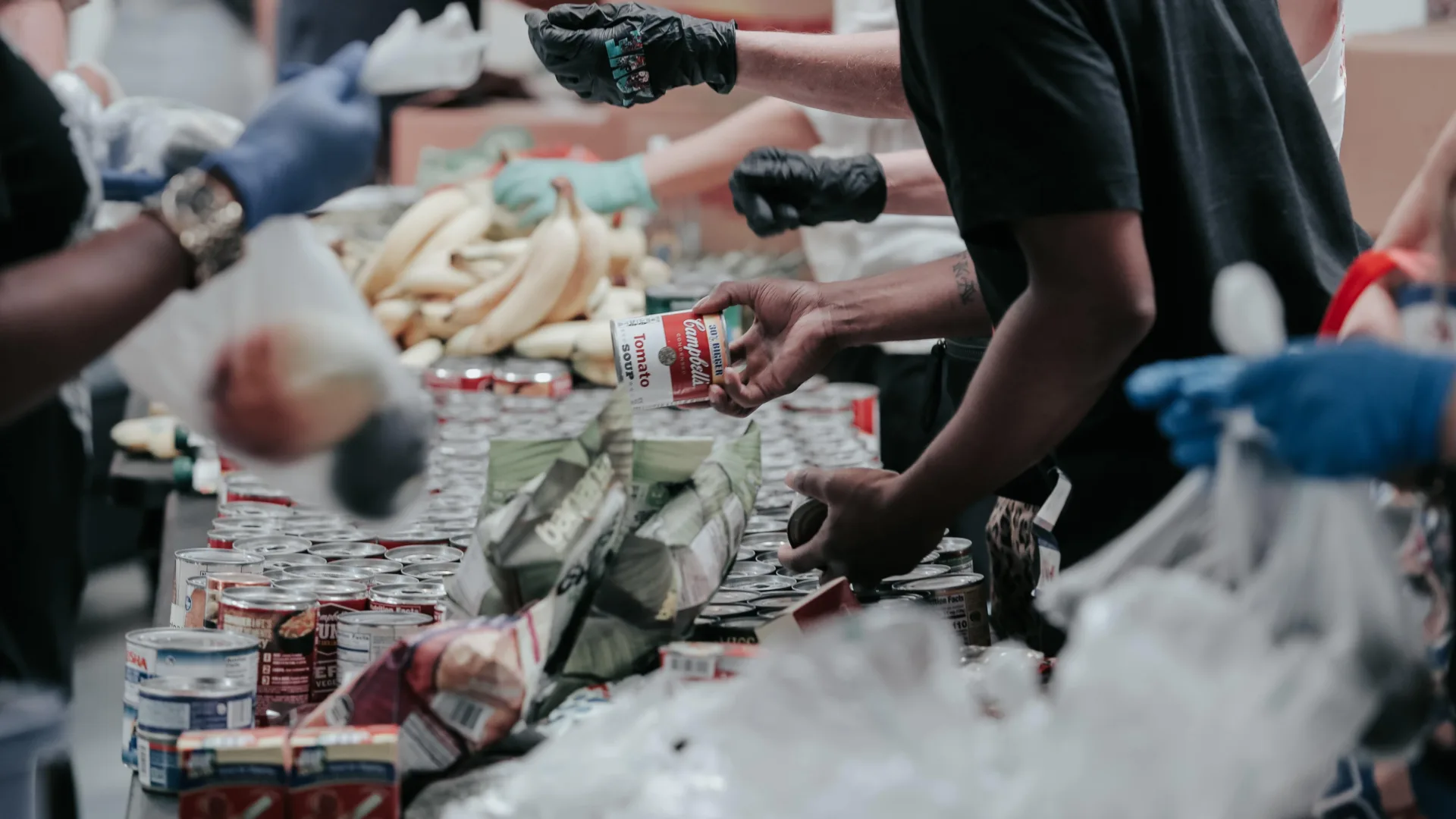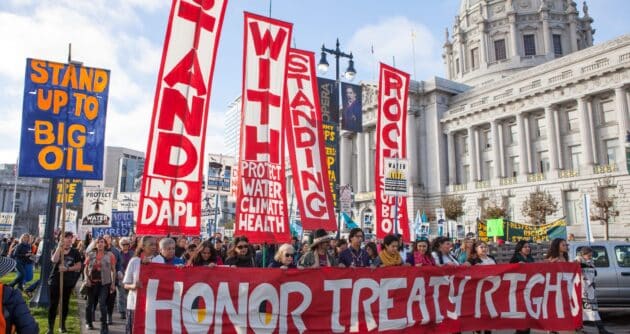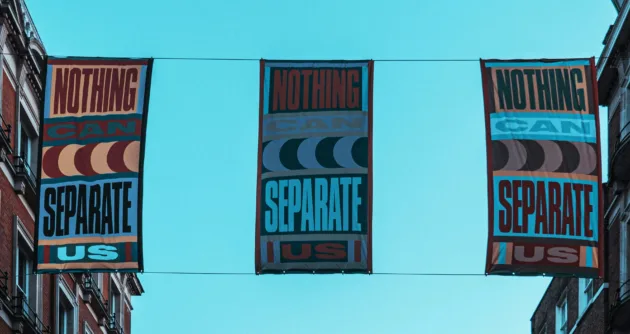Feature Photo by Joel Muniz
Increased political polarization. Runs on banks. Record numbers of school shootings. Inflation. Long-term climate change. Natural and man-made environmental disasters. Skyrocketing health care costs. Erosion of worker protections. Failing public infrastructure. Faith in our political institutions at record lows.
This is not an exhaustive list. And while many of these issues are intensifying in recent years, they are also not that different from what marginalized classes of people in the United States have been faced with since our constitutional structure was implemented in the late 1700s.
This country was founded on English Common Law principles, which were developed to protect property and commercial interests above those of people, communities, and nature. Though we are told that we fought a revolution to establish a Constitutional government more closely associated with democracy and protection of rights, most people and ecosystems – the 99% – have found those principles to be worth little more than words on paper.
We don’t intend to exaggerate, but there are simple reasons why people’s movements to expand rights in this country – abolitionists, suffragists, labor movements, civil rights movements, the movement for marriage equality – take decades of struggle to gain recognition and protections. And why large economic actors – banks, corporations, etc. – are, by contrast, given bailouts and privileges by our governmental agencies.
It’s not an accident. And we at the Community Environmental Legal Defense Fund (CELDF) have seen this system play out over and over and over again during our decades of working with communities to protect their health and safety from harmful corporate projects.

Yet it’s not all gloomy, and the good news is that we, in our communities, already have the tools and knowledge we need to stop the harms and move towards a saner and more just future. I worked in New Orleans after Hurricane Katrina hit. I was disgusted with how disorganized the relief efforts were, and how few of the resources that were sent to help people rebuild actually made it to those in need.
And yet, people still came together to take care of themselves, their communities, and to take care of each other and provide support, relief, and make real change even in the absence of outside help. I don’t want to make the on-the-ground realities sound rosier than they were as time has passed. Things were extremely difficult.
But it is also true, in difficult times, that our communities have the skills, resources, and solidarity to make the changes needed when business and/or government agencies fail. Even in the wake of the recent train derailment in East Palestine, community members organized water drops, food banks, and distributed information and their own experiences to each other given that the official corporate and government narratives were constantly shifting and changing. There is a bond of trust formed between community members who share a common space and in these cases, a disaster.
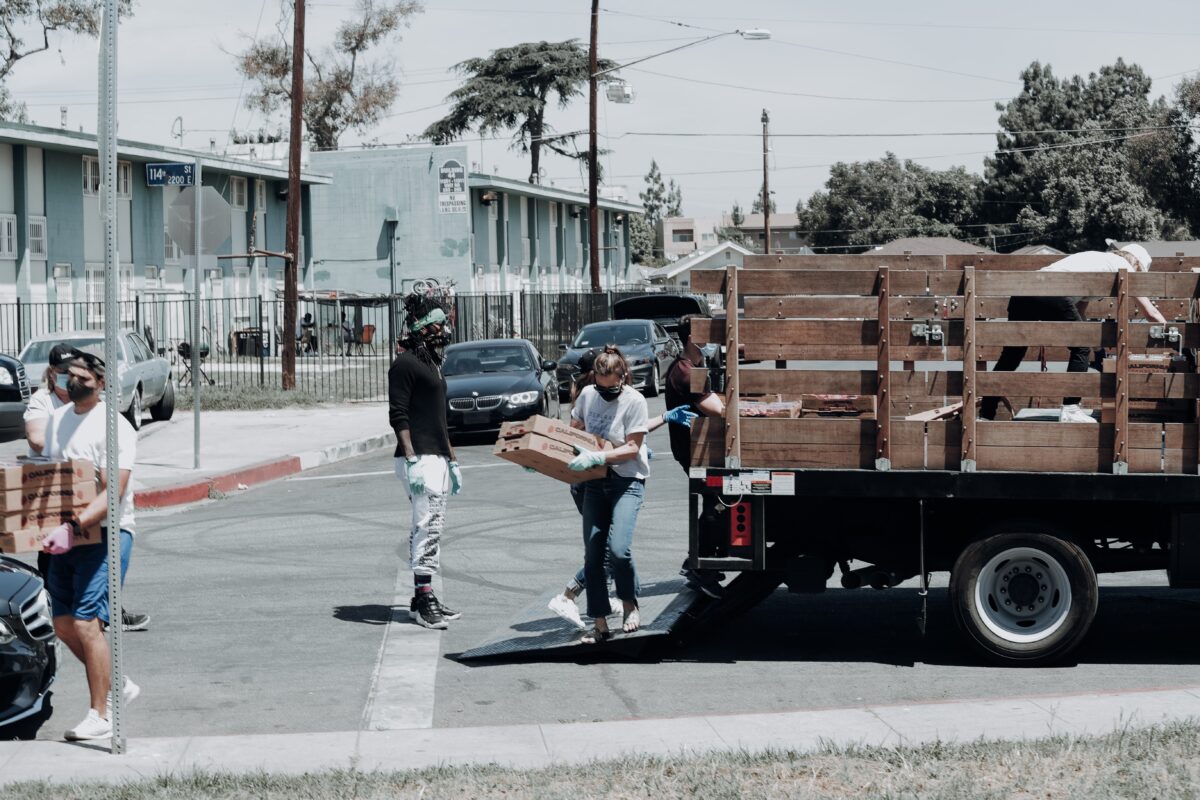
Mutual aid and alternative community-based systems have been a core component to every major movement in our country’s history, and the limits to what we can do to take care of each other and the future of our communities is only in our imagination. Some examples of creative initiatives taken up by communities include:
Community-based elections: What would an electoral process look like that people actually trust?
Local, independent media: Building on past tactics such as broadsides, independent radio, etc., how can we better educate each other?
Protests and direct action: There is a long history of people not obeying unjust laws in the US. How can we build off past efforts and come up with creative new tactics to create lasting change?
Strikes: When employers are oppressive, how can workers exercise power?
Community courts: When a company like Norfolk Southern or BP inflicts harm on a community, who should be a part of the justice system?
Participatory budgeting: Who’s actually determining how public funds are raised and spent?
Community-based healthcare: Do we really need huge hospitals and industrial complexes to provide for health needs in our communities?
Local food production: Can we go beyond community gardens to ensure healthy food in the places where we live?
Public banks: Do we really need too-big-to-fail private institutions to take care of the wealth and resources in our communities?
Alternative forms of government: What if we organized our political and economic systems based on watersheds, or other natural formations that provide for a more local approach based on our relationship with the natural world?
Rights of nature: Shouldn’t nature, of which we humans are a part of, have the same rights and protections afforded to the rest of us?
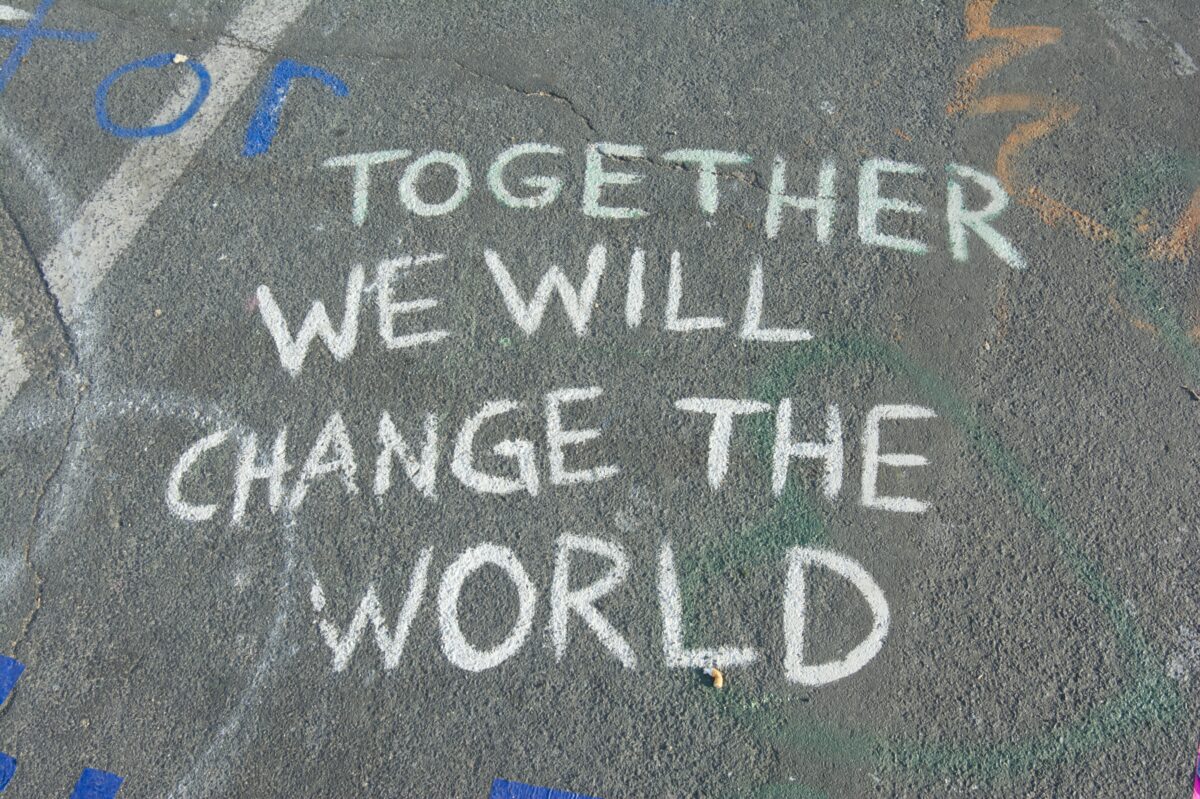
Most of these ideas are not new, because what we are facing is not entirely new. We just haven’t put them together into a larger, grassroots movement that is premised on not waiting for someone from somewhere else – whether government, an NGO or a business – to solve our problems for us. We must start trusting in ourselves and in our community members to be able to meet our needs, solve our problems and create truly participatory community-based forms of government and public spaces.
In these uncertain times, we already know what to do, and who we can rely on. We just need to act on it.
